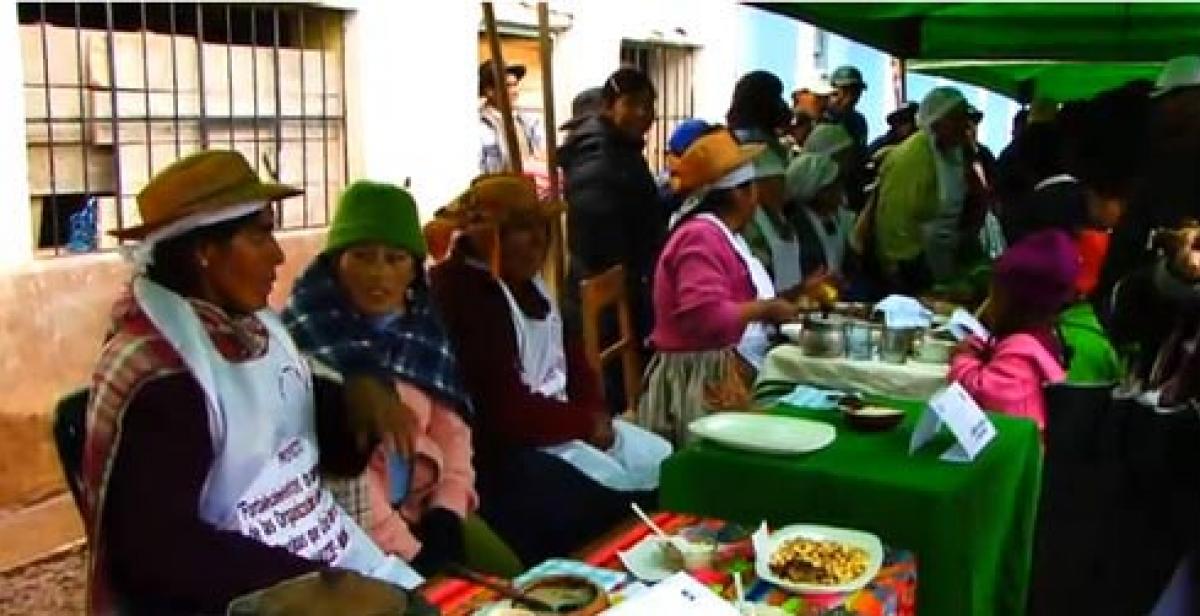Rural communities in the Peruvian Andes have always experienced extreme climatic conditions, writes Progressio development worker Cindy Krose. Most inhabitants of the Peruvian Andes are farmers and make their livings from agriculture and animal rearing - so what does climate change mean for them, and their ability to grow the food they need?
In Huancavelica, it has always been difficult for local farmers to grow a good range of crops, due to climatic risks such as the friaje, as the locals call it. The Friaje phenomenon is characterised by unexpected low temperatures, frosts, snow and hail. It is just one of the climatic conditions that directly affect the rural population in Huancavelica, damaging crops and pastures, and putting the availability and diversity of food at risk.
But community members in Huancavelica are now facing even more abrupt changes in the climate. The main impact of these climatic changes is over availability of and access to water - as well as the sudden changes in temperature which directly affect food security and the health of families and their crops and livestock.Some Peruvian NGOs such as CEPES, Progressio´s partner organisation, are working together with women and men in the communities of Huancavelica to enable them to adapt to these changes and ensure food security for their families.
I travelled with CEPES's communications team to Huancavelica to find out how climate change is affecting people's lives - and what is being done about it. One thing we found was that women and men are affected differently by the impact of climate change on food security. We believe it's important for women and men to work together to improve food security in their communities and to confront the challenges of an increasingly unpredictable climate.
Watch our video to find out more! Cindy Krose is a Progressio development worker working with CEPES, the Peruvian Center for Social Studies. Photo above: Women at a Food Fair in Huancavelica, Peru (Taken from featured CEPES video)



